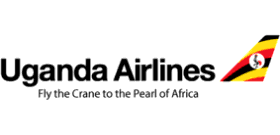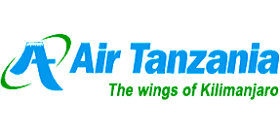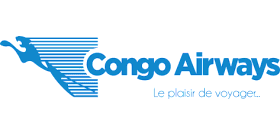Kenya Airways Soars High: Modernizing Fleet with Boeing 737-800s for a Bright 2026!
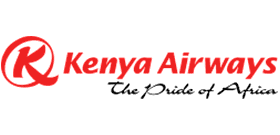
Kenya Airways is embarking on a significant phase of its fleet renewal and modernization program with the acquisition of two Boeing 737-800 aircraft. These jets, currently operated by Aerolíneas Argentinas, are slated for delivery in the second and third quarters of 2026. This strategic move signifies a renewed emphasis on enhancing efficiency and operational capacity for Kenya’s national carrier, following a period of more measured growth that saw only two aircraft added in 2024 and one projected for early 2025.
The timing of these acquisitions is closely aligned with Kenya Airways' robust financial strategy. The airline is preparing for a substantial capital injection through a USD 500 million fundraising initiative anticipated in the first quarter of 2026. This significant financial boost is crucial to underpinning the next phase of “Project Kifaru 2.” This comprehensive blueprint not only targets aggressive fleet modernization but also aims for substantial improvements in operational performance and long-term profitability.
The choice of second-hand Boeing 737-800s is a pragmatic decision for Kenya Airways. These aircraft are highly regarded within the industry for their proven reliability, fuel efficiency, and versatile application across both short and medium-haul routes. By integrating these specific jets into its fleet, the airline stands to benefit from several key advantages: lower acquisition costs, accelerated delivery timelines compared to new aircraft, and a seamless integration with its existing Boeing 737 operations, minimizing training and maintenance complexities.
This development is particularly noteworthy for African aviation professionals who closely monitor trends in fleet renewal and the drive for greater operational efficiency. The 737-800 continues to be a workhorse for numerous airlines globally, offering an optimal balance of passenger capacity and operating economics, which supports a wide array of network strategies. For Kenya Airways, these additional aircraft will provide invaluable flexibility, enabling the airline to effectively respond to fluctuating market demand, explore and open new regional routes, or increase flight frequencies on its high-traffic corridors.
Crucially, this upcoming fleet expansion is intricately linked with the overarching objectives of Project Kifaru 2. Under this strategic initiative, Kenya Airways is committed to streamlining its overall operations, significantly reducing unit costs, and reinforcing its competitive stance within both the African and global aviation markets. The project’s scope extends beyond merely acquiring newer aircraft; it also encompasses the adoption of advanced aviation technologies, the optimization of flight scheduling, and an unwavering commitment to elevating customer satisfaction.
The planned USD 500 million capital raise marks a pivotal moment for the airline’s financial health and its capacity for future investment. Such a substantial fund will enable not only further aircraft acquisitions but also crucial investments in essential maintenance facilities, comprehensive staff training programs, and critical digital transformation initiatives. For the broader African air transport sector, Kenya Airways’ fundraising efforts serve as an important case study, highlighting the necessity of robust financial planning to support sustainable growth and build resilience in an inherently volatile industry.
These fleet changes are also expected to generate positive ripple effects across the aviation supply chain. Aircraft lessors, maintenance providers, and airport operators are likely to benefit from the increased activity generated by Kenya Airways’ strategic expansion. Moreover, the focus on modern, fuel-efficient aircraft directly supports the continent’s broader transition toward greener aviation practices, aligning with international trends in environmental sustainability and the global pursuit of carbon reduction targets.
Industry observers will also note that Kenya Airways’ decision to source aircraft from a South American operator like Aerolíneas Argentinas underscores the increasingly globalized nature of aircraft procurement. This move demonstrates the agility and strategic acumen of African carriers in leveraging international networks and market opportunities to secure the most suitable assets for their operations, irrespective of geographic origin. This adaptability is set to become even more vital as market competition intensifies and operational conditions remain fluid.
Looking ahead, the integration of these Boeing 737-800s is anticipated to stimulate further innovation and enhance competitiveness within Kenya Airways. The airline’s expanded operational capacity will pave the way for broader route expansion, improved scheduling reliability, and a greater array of choices for its customers. For Africa’s air transport professionals, such fleet upgrades serve as a potent reminder of the critical role that strategic investment and forward-thinking planning play in maintaining relevance and achieving high performance within the rapidly evolving global aviation landscape. In conclusion, Kenya Airways’ move to acquire these two Boeing 737-800s marks a transformative step in its long-term strategic evolution. Supported by a robust fundraising plan and guided by the principles of Project Kifaru 2, the airline is meticulously laying the groundwork for sustainable growth, operational excellence, and an increased share of the market. As the African aviation sector continues to adapt to dynamic realities, this development offers valuable lessons in resilience, adaptability, and the unwavering pursuit of modernization—all factors that will critically shape the future of air transport across the entire region.
You may also like...
The Myth of Hard Work: Do You Really Need to Suffer to Succeed?

Do you really need to struggle to succeed? read about the myth of hustle culture, revealing why hard work alone isn’t en...
Tech Beyond Lagos: Smaller Cities Are Becoming Africa’s Next Innovation Hubs
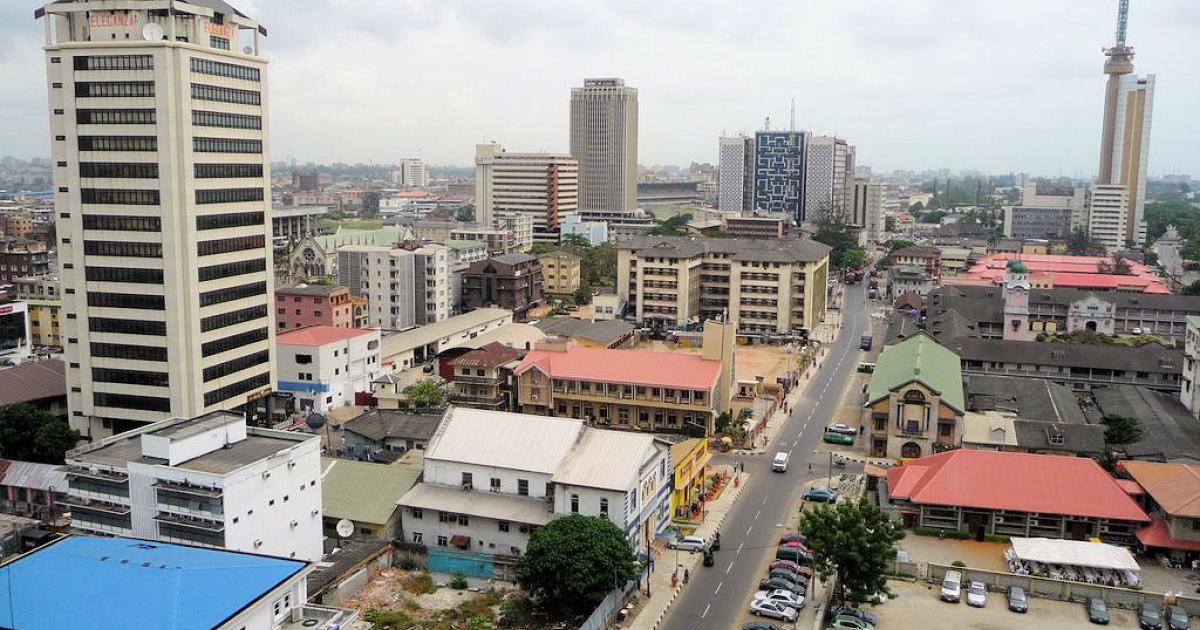
From Ibadan to Kigali, Africa’s tech future is breaking free of big-city limits. Smaller cities are rising as innovation...
Lagos on the Global Stage: What Hosting E1 Means for Nigeria’s Sporting Identity

Lagos welcomes its first-ever all-electric E1 powerboat race, marking a milestone for sustainable sport in Africa. Can t...
Soft Life or Survival? The Realities Behind Nigeria’s Hustle Culture

Is Nigeria’s hustle culture fuelling dreams or masking economic survival? Social media shows “soft life,” but reality te...
The Growing Wave of Professionals Leaving Office Jobs for Freedom

"Is the 9-to-5 dying in Africa? Professionals from Lagos to Lusaka, Dakar, and Addis Ababa are betting on freedom"
Laboratory-Grown Meat: The Future of Food or a Threat to Health and Tradition?

Lab-grown meat promises eco-friendly farming, animal welfare, and food security, but raises fears about health risks, cu...
Bameyi's Last-Gasp Heroics: Flying Eagles Soar into U20 World Cup R16 After Colombia Draw!

The Nigerian Flying Eagles have secured their place in the 2025 FIFA U20 World Cup round of 16 following a 1-1 draw agai...
Unbelievable Cinema: The 'Godzilla' Rip-Off That Fooled North Korea and Secured Hostage Release

Discover the incredible story behind North Korea's monster movie, <i>Pulgasari</i>, a film born from Kim Jong-il's cinem...

